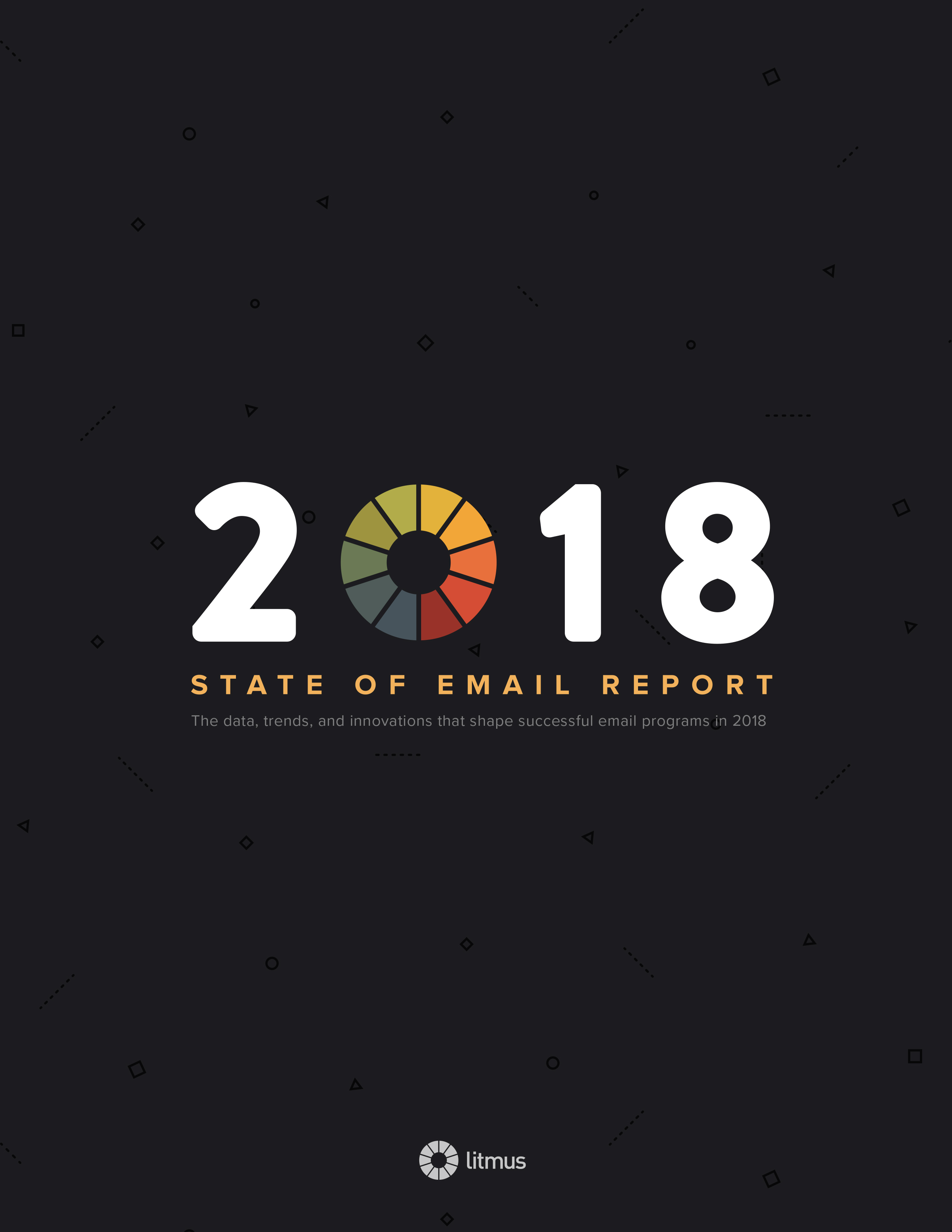How trends among the giants is affecting email marketing platforms
Thanks to Litmus’ 2018 State of Email Report, we’ve found some of the top trends on offer in the email world and how they’re impacting your email marketing platform.
Welcome to the second in iFactory’s 4-part series covering the latest trends in email marketing. These findings are taken from the Litmus’ annual State of Email Report, which provides you with the insights you need to succeed in this volatile industry. You can download your own copy to get full access to the data and hands-on advice that will help you build a successful email program in 2018. Don’t forget to check out our first post on how each different device is changing technically.
When it comes to the world of email, one of the key insights that marketers want to get out of their datasets is what email services their users are associated with. From Gmail to Apple Mail and Samsung Mail to Windows Live Mail, the platform in use can make a big difference to how effectively your message is communicated, how well your content gets rendered and even how often the email gets opened.
Thanks to Litmus’ 2018 State of Email Report, we’ve found some of the top trends on offer in the email world and how they’re impacting your email marketing platform.

Apple Mail’s getting deleted
If you’re operating iOS 10 on one of your Apple devices, you’ll have noticed that you’re now able to do something quite crucial which you were never able to do on older versions.
Native apps, or those which come with the product, can now be removed by the user – and this has had a real knock on effect when it comes to email in particular. One of the most well-known Apple native apps, Mail, previously enjoyed a huge market share, with 46% of all email openings taking place on an Apple mobile device just two years ago in 2016.
But now that Apple has made the change and begun letting users delete these apps, the number of opens on Apple mobile devices plummeted to 39% in 2017. That’s opened up the floor to lots of competitors, all keen to get their hands on Mail’s declining user base.
The other big names
With Mail in decline, it’s clear that there are some big boots to fill. Gmail, Google’s app, leads the way on plugging the gap, with the number of emails opens on the platform heading up by 6%.
But for those running email marketing services, it’s the sudden rise of Samsung Mail that is perhaps the most interesting development. That’s because it has limited functionality compared to some of the other platforms: there’s no support within it for complex interactivity or HTML5 video, which can limit your design choices.
Mobile in decline?
With all of this focus on smartphone clients, it’s easy to forget to look at the wider picture and the role that mobile plays more generally.
And although mobile retains its dominance with almost half of all email opens occurring on mobile devices, the statistics from Litmus show that there’s actually now a trend towards desktop and webmail clawing back some of the markets. In October 2017, for example, the number of mobile opens dropped one percentage point, while desktop opens went up by one and webmail opens remained constant.
So while it’s prudent to keep a mobile-first approach to content, design and structure, any email marketing tips you follow this year should take into account the fact that many of your target customers may, in fact, be consuming your content in a more traditional way than you might expect.
As one of Brisbane’s major digital agencies and a leader when it comes to email marketing in Australia, iFactory is well known across the city and beyond for helping our hundreds of satisfied clients get where they want to be online. Get in touch with us today and one of our team of developers, designers and digital marketing specialists will be happy to help you with your digital marketing needs. And don’t forget to check out our next piece covering the big news from companies and organisations in the email world.

